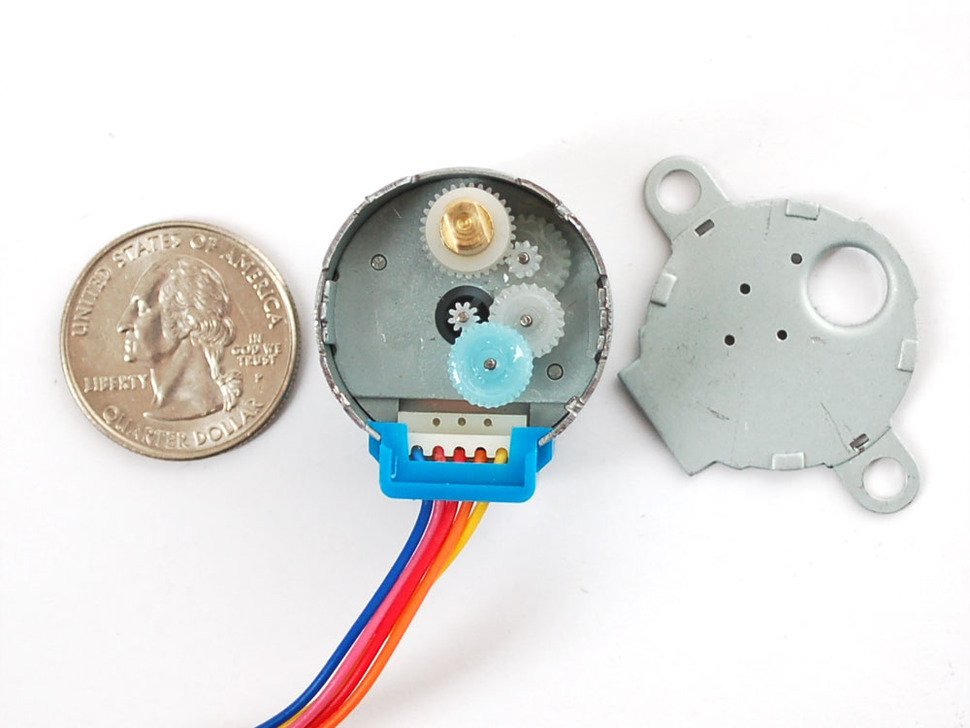I found both of this week's readings extremely fascinating:
- Human Generated Power for Mobile Electronics by Starner & Paradiso
- Battery-Free Game Boy by DE WINKEL, KORTBEEK, HESTER, and PAWEŁCZAK
In particular, I had never even considered the motions our bodies make as a potential for energy. In the first paper, I was particularly drawn to the idea of using typing and walking as energy sources, and the second paper utilized a similar approach—button mashing—as a secondary energy source to solar.
This led me to think a lot more about our kinetic generator project, which I still don't have a clear idea of what I want to do. I started looking on Pinterest for some aesthetic inspiration, started with kinetic sculptures and landed on pendulums and automata:

I also realized I didn't quite understand how kinetic generators work, all I knew was that if we spin the shaft of a motor it would generate electricity (sort of):
The interesting learning from this experiment was that the stepper motor did successfully light the LED but hurt our fingers to try and turn (I think this means the motor has higher torque?). On the other hand, our toy DC motor was super easy to turn but wouldn't light the LED at all. To make sure it wasn't just a faulty DC motor, we tried it with another one (but of same model), and the same result.
My rough understanding of why this is is based on this Quora answer, that a toy DC motor runs on 3V and conversely that's the maximum we'd be able to generate at perfect conversion ("rotate the shaft at near no load speed, probably 6,000 rpm")—so at the slow speed we were rotating, we weren't generating anywhere near enough for the red LED (which requires 1.7-2V). I doubt it's this simple of an answer though, because it seems our stepper motor is 5V DC and I definitely think it also has to do with the torque.
I tried to Google and find resources on Youtube explaining how generators work, but none of them quite stuck. I did find this explanation of a DC motor really useful, and I just do the mental gymnastics of reversing/rewinding all the animations 😆 And another one that had some interesting applications/experiments with a hand generator.
Finally, one of the thoughts I had (especially after trying to turn the stepper motor) is how can we light the LED without having to use so much force turning the motor shaft? And I immediately thought of a series of cogs that could distribute the load (and perhaps we could even have multiple hand cranks), but I wouldn't be sure about the physics/math of that.
I did come across this photo of the inside of a stepper motor on Adafruit, which is interesting because it is a series of cogs and looks totally different from the inside of a DC motor:
